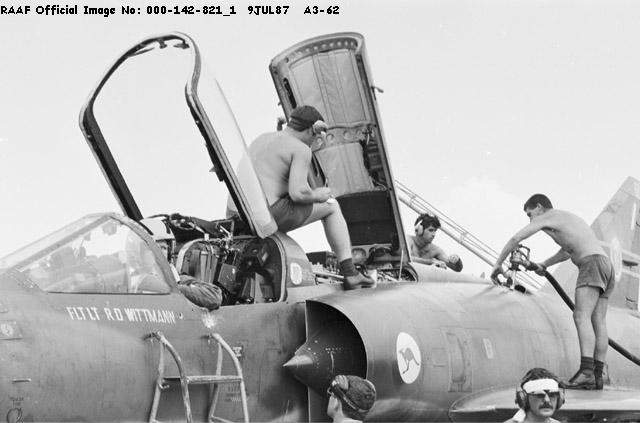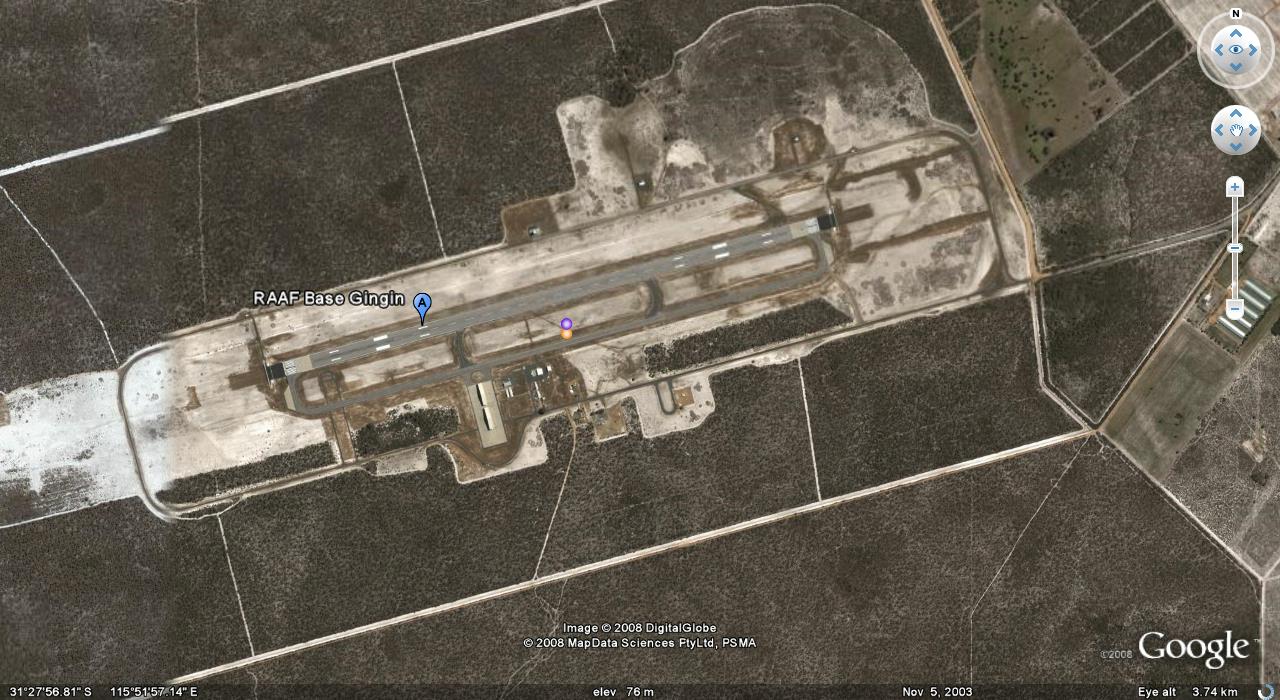|
Radschool Association Magazine - Vol 24 Page 15 |
|
Privacy Policy | Join the Association | List of Members | Print this page |
|
Shaft of the Spear:
The Evolution of the RAAF Technical Services to the End of the Second World War.
|
|
Published in
2004 by Gregory Grantham and Edward Bushell and reviewed by Group Captain
Bob Bartram
Greg Grantham and Ted Bushell joined the RAAF as engineering apprentices in 1948 and rose through the ranks to become senior engineers. This A4-size book of 20 chapters and over 60 photographs is an excellent historical reference covering the evolution of the RAAF’s Technical Services – generally to the late 1940s. The research has been detailed and extensive, with the forward by the then Chief of Air Force, Air Marshal Angus Houston, highlighting the importance of in-service technical support to successful air operations.
The introduction provides an excellent overview of aircraft and technical development from 1912 to the end of World War II. The remainder of the book traces the development of the organisation and skills needed to train some 70,000 technicians to service the 5800 aircraft that formed the RAAF by 1944. Unfortunately, policies enforced at the end of the war meant that the RAAF had to go into the Korean conflict, only five years later, with a run-down maintenance structure.
Sadly, with the demise of the RAAF’s engineering branch and the widespread de-skilling of the Air Force, much of the experience and knowledge comprehensively built up over decades has been discarded – a disturbing thought to many!
The book costs $30, including postage, is well worth it, and you can get a copy by ringing Ted Bushell on (03) 9807 2939. or by emailing him at edwardj@westnet.com.au
|
|
A rather confident 007 walks into a bar and takes a seat next to a very attractive woman. He gives her a quick glance, then casually looks at his watch for a moment. The woman notices this and asks, "Is your date running late?" "No", he replies, "I am here alone. Q has just given me this state-of-the-art watch and I was just testing it." The intrigued woman says, "A state-of-the-art watch? What's so special about it?" "It uses alpha waves to telepathically talk to me," he explains. "What's it telling you now?" "Well, it says you're not wearing any panties..." The woman giggles and replies, "Well it must be broken because I am wearing panties!" 007 taps his watch and says, "Damn thing must be an hour fast."
|
|
Cool Dudes!
|
|
L-R: Dan Slattery, John Foley, Graeme Dennis, John Pickup and Ron Clayton
These blokes (above) were off 17 Appy and are shown here at the Blacktown Pub (Sydney) in 1966. Notice the full ash-trays and packets of cigarettes on the tables – very typical of the times, if you didn’t smoke you just weren’t cool…. |
|
|
|
|
|
|
|
Mick Ryan sent us this photo above which we had in Vol 21. It was the Army and Radschool Lawn Bowls Teams for the 1983 'Bones' competition. We didn’t have any names, but Rod Taylor saw the photo and he says “Unfortunately, I only know 1 person and that is SGT 'Chuck' Broadbent who is in the back row, 2nd from left. He was one of my instructors from those illustrious days at Radschool.” (1 down, 17 to go - tb)
|
|
|
|
At Appy land, many many moons ago are L-R:
Tony Neave (deceased), Barney Jones (obscured) Paul Hewitt, Bill Voolstra, Arnie Vereschildt (obscured) Julian de Ross, Trevor Connell (deceased), Gary Thomsen and Rolf Roelfsema. |
|
The Evolution of the stick up man.
|
|
|
|
THE LOSS OF MACCHI A7-039. Grahame Higgs ADF-Serials.com.au
This may not look like much, but this small dark depression
in the sand is the impact point of a crash that made
The procedure in
vogue at the time permitted the student in the rear cockpit under the
instrument flying hood to slide the hood back at the end of the instrument
sortie to take advantage of the visual approach and landing. In this
instance there is a possibility that the
The design of the Macchi, in common with many other aircraft, has the canopy hinged along the right hand edge with a locking mechanism along the left. Inadvertently releasing the left side locks in flight causes the canopy to pop up into the slipstream and flail about until the right side hinge and the support stanchion fail. The resultant danger to the crew is extreme.
Compare this canopy design with that of the Mirage (below) for example, the canopy of which will depart the aircraft backwards, clear of the pilot.
Military flying training is not especially kind to airframes so as the Macchi fleet aged and the airframes became distorted, there were a few canopy nasties, however, not nearly as many as there could have been had we not learned from the sad loss of A7-039.
The crash site is
on Gin Gin Airfield and therefore not accessible to the public. The
terrain is sandy with a very fragile growth of natural flora and there is
now very little evidence of an accident.
(RAAF Gingin, for those that have never heard of it, is a small airfield in Western Australia owned by the Royal Australian Air Force and used for pilot training. It is located approximately 40 kilometres north of Pearce, which also administers the airfield. There are no Air Force personnel based at Gingin. It is also used by the Pearce Aero Club which keeps some aircraft there.)
Despite all the problems of the past, it is interesting to see that designers persist with the side opening canopy.
|
|
The latest survey shows that 3 out of 4 people make up 75% of the population!
|
|
|
|
Back Go to page: 1 2 3 4 5 6 7 8 9 10 11 12 13 14 15 16 17 18 Forward |
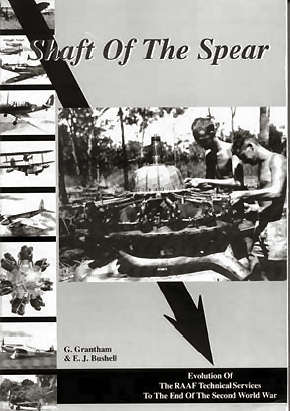 (Retd), Shaft of the Spear provides a detailed historical backdrop
to renewed current debate whether Air Force capability development and
technical evaluation processes have suffered from serious de-skilling over
recent years. The title of this work emphasises the critical issue
involved, for while the point of the spear is the ‘sharp end’, the shaft
is critical for its flight.
(Retd), Shaft of the Spear provides a detailed historical backdrop
to renewed current debate whether Air Force capability development and
technical evaluation processes have suffered from serious de-skilling over
recent years. The title of this work emphasises the critical issue
involved, for while the point of the spear is the ‘sharp end’, the shaft
is critical for its flight. 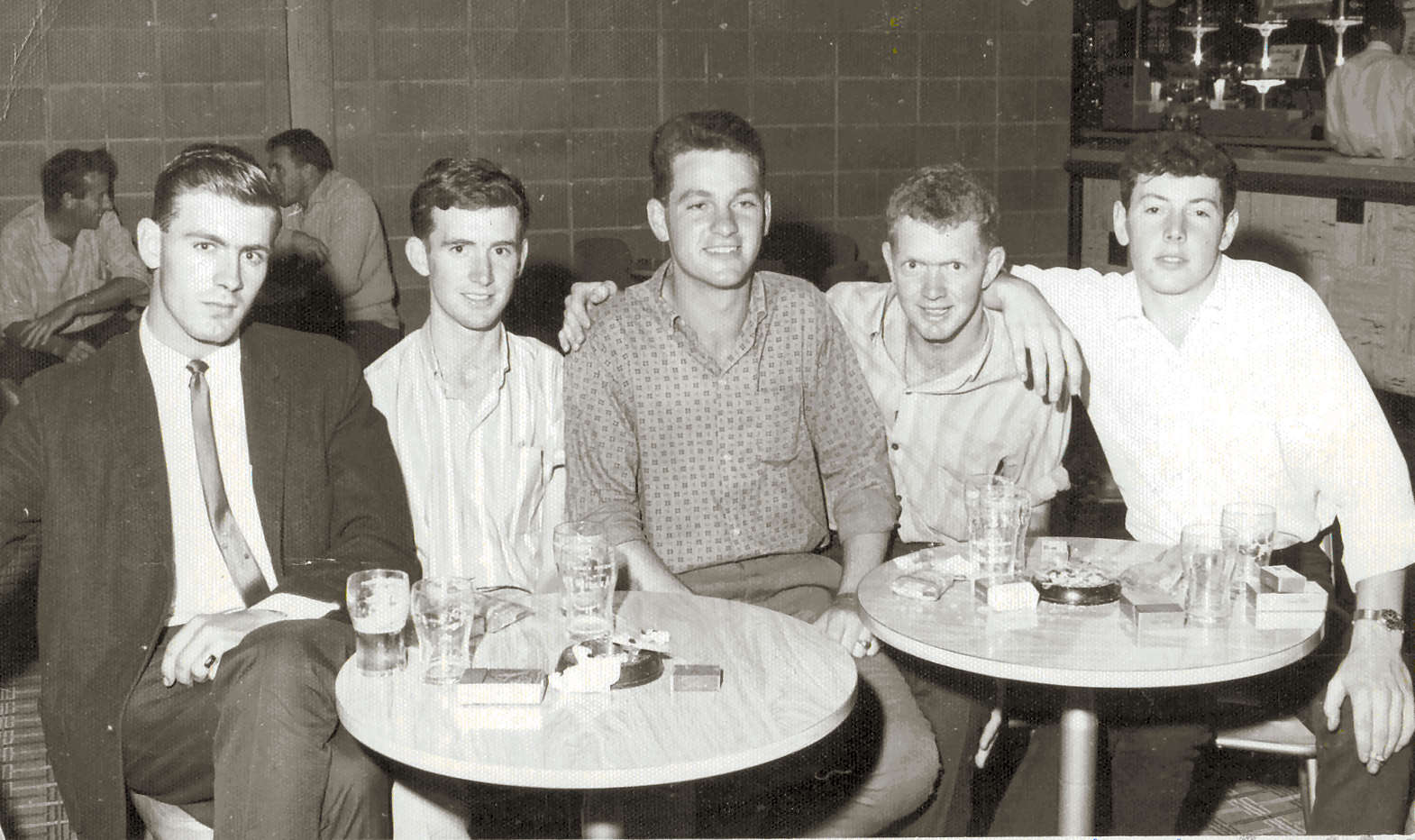
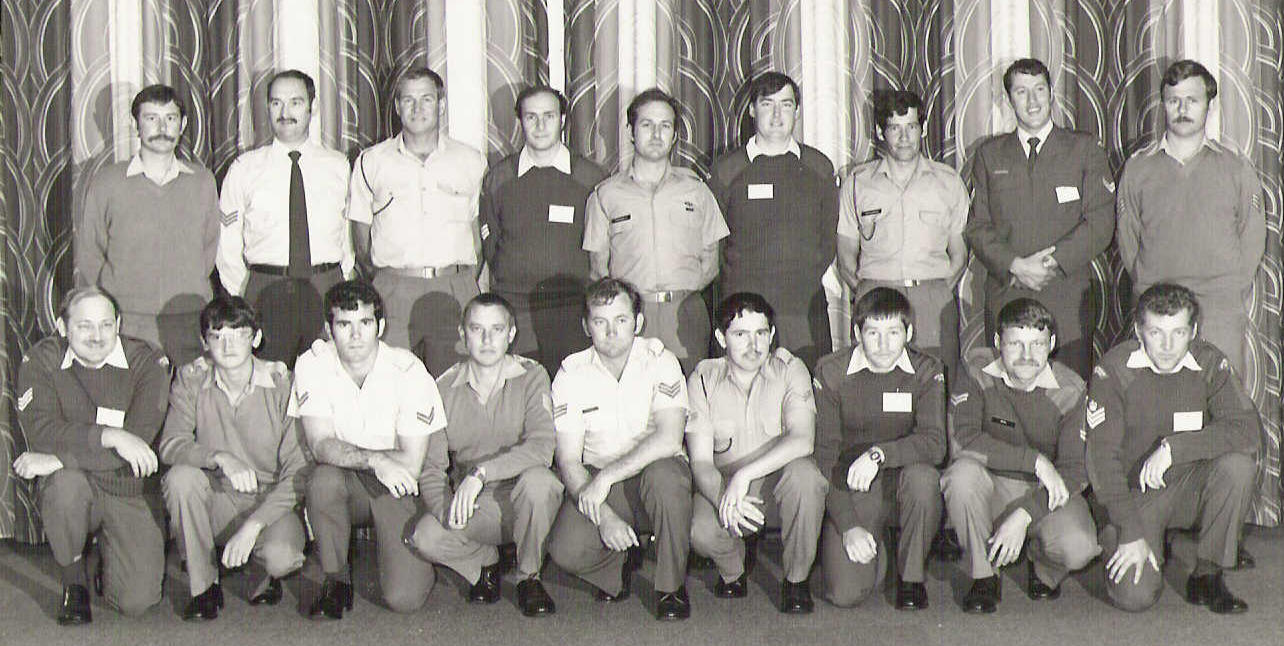
%20Paul%20Hewitt,%20Bill%20Voolstra,%20Arnie%20Vereschildt%20(obscured)%20Julian%20de%20Ross,%20Trevor%20Connell%20Garry%20Thomsen,%20Rolf%20Roelfsema.jpg)
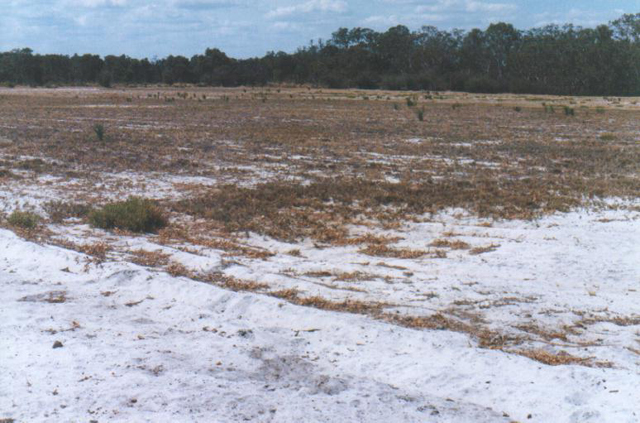 a significant change to the way the RAAF operated the Macchi.
a significant change to the way the RAAF operated the Macchi.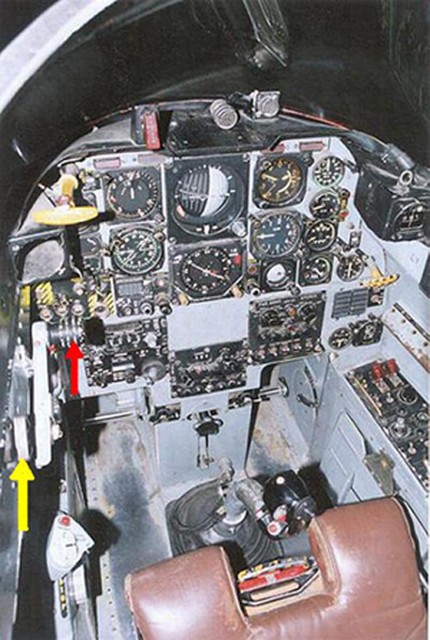 student while sliding back the hood, (popularly known as “The Bag”)
accidentally bumped open the canopy release handle (red arrow in the
cockpit photo).
student while sliding back the hood, (popularly known as “The Bag”)
accidentally bumped open the canopy release handle (red arrow in the
cockpit photo).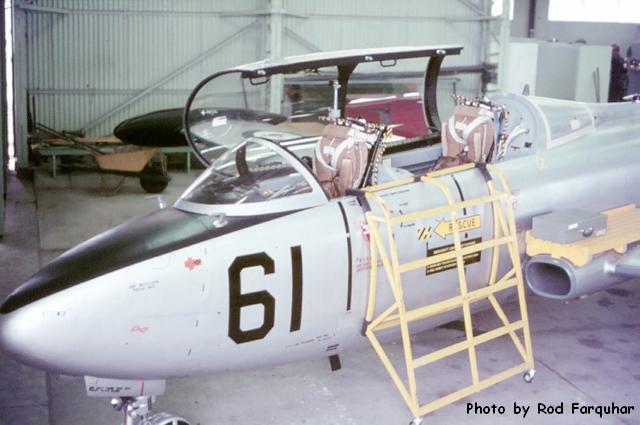 As
a result of the loss of A7-039, the locking mechanism for the Macchi was
redesigned and a clever cam device (yellow arrow in the cockpit photo) was
introduced which eliminated accidental operation. In addition, the rear
seat pilot under “the bag” would no longer slide the hood back for
landing. It did mean however that in the event of ejection with the hood
in place, the canopy had to be jettisoned first. When jettisoning the
Macchi canopy both sides were released simultaneously which allowed it to
clear the aircraft cleanly. This was tested in anger when Squadron Leader
Frank Atkins jettisoned the canopy prior to he and Pilot Officer Andrew
Richardson ejecting from
As
a result of the loss of A7-039, the locking mechanism for the Macchi was
redesigned and a clever cam device (yellow arrow in the cockpit photo) was
introduced which eliminated accidental operation. In addition, the rear
seat pilot under “the bag” would no longer slide the hood back for
landing. It did mean however that in the event of ejection with the hood
in place, the canopy had to be jettisoned first. When jettisoning the
Macchi canopy both sides were released simultaneously which allowed it to
clear the aircraft cleanly. This was tested in anger when Squadron Leader
Frank Atkins jettisoned the canopy prior to he and Pilot Officer Andrew
Richardson ejecting from
